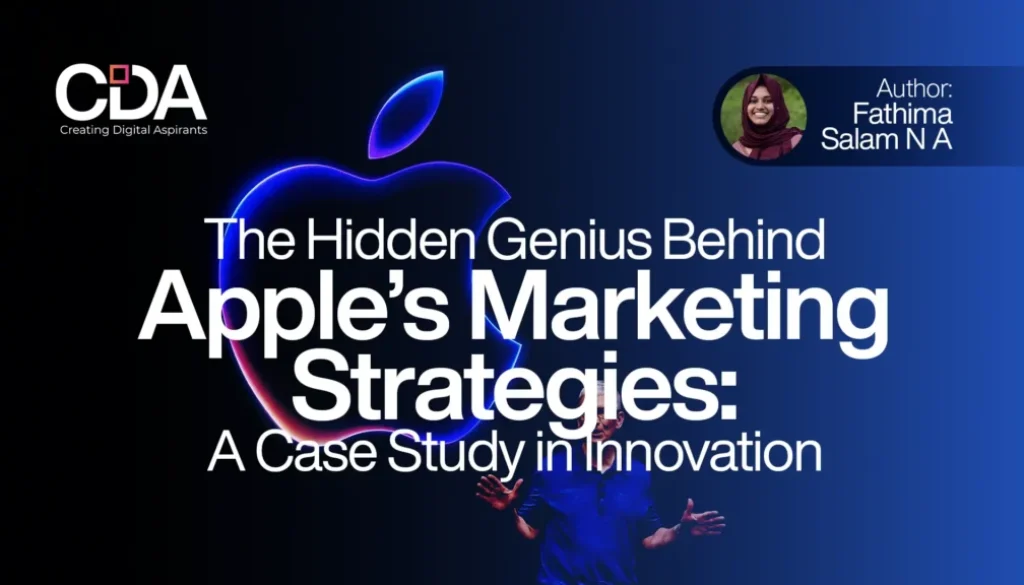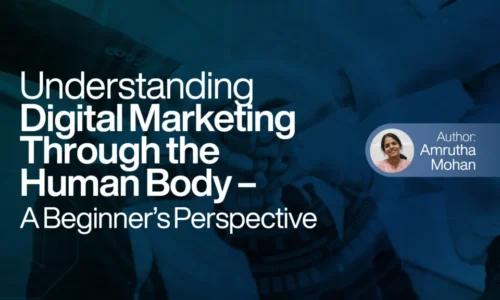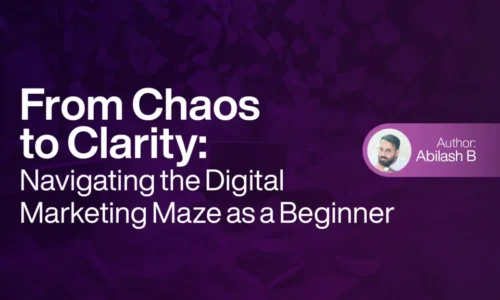The Hidden Genius Behind Apple’s Marketing Strategies: A Case Study in Innovation
Apple’s marketing is as iconic as its products. From minimalist designs to memorable product launches, the company has mastered the art of connecting with consumers in unique and compelling ways. But what exactly makes Apple’s approach so special? How does the brand create such intense loyalty and anticipation around each new release?
In this blog, we’ll explore the key strategies Apple uses to captivate its audience—whether it’s through emotional storytelling, attention to detail, or even a clever use of humour.
Table of Contents

1. Simplicity: The Power of Minimalism
At the heart of Apple’s marketing is simplicity. Whether in their product design or advertising, the company’s message is always clear and minimal. Apple doesn’t clutter its marketing with technical specs. Instead, it highlights the user benefits, making the experience accessible to everyone, from tech enthusiasts to first-time users.
The elegance of their devices is matched by their marketing materials—clean visuals, little text, and a focus on the product’s core functions. This creates a streamlined, easy-to-digest brand image that resonates across their entire audience.
2. Secrecy: Building Anticipation
One of Apple’s most powerful marketing tools is secrecy. By controlling information leaks and teasing just enough to pique curiosity, Apple ensures that every product launch becomes an event. The brand doesn’t rely on traditional methods of pre-release promotion. The brand doesn’t depend on traditional methods of pre-release promotion. Instead, it builds anticipation through tight-lipped product development, which keeps consumers guessing and excited.
Their keynote events are viewed by millions, turning what could be a standard product announcement into a global spectacle. By withholding details until the big reveal, Apple guarantees that their launches generate maximum attention and excitement.
3. Emotional Storytelling: Selling More Than Just a Product
Apple’s ads are more than just product showcases; they are stories that evoke emotion. Instead of focusing purely on features, Apple’s marketing focuses on the experience; how its products integrate seamlessly into everyday life. Whether it’s capturing memories with the iPhone or enhancing creativity with the iPad, Apple makes its products feel essential to the consumer journey.
Campaigns like “Think Different” or the Mac vs. PC series didn’t just sell products; they sold ideas. By connecting their products to larger themes like creativity, individuality, and innovation, Apple has built a deeply emotional connection with its customers.
4. Small Size, Big Impact: The Pocket-Sized iPod Campaign
Apple is no stranger to humour in its marketing, and one of its most memorable campaigns is the promotion of the smaller iPod models. To emphasize the product’s compact size, Apple used a clever visual gag; Steve Jobs simply pulled the iPod out of the small pocket of his jeans during its presentation.
This playful moment not only underscored the product’s size but also gave the audience a sense of its practicality in everyday life. The humour was subtle but effective, helping the iPod Nano become an iconic device and reinforcing Apple’s knack for blending functionality with fun.
5. Packaging as an Experience: The Friction Factor
Apple recognizes that the very first encounter with a product usually takes place during unboxing. Their packaging is meticulously designed to create an emotional experience. One fascinating detail is the friction in the packaging; Apple engineered its boxes to open slowly, adding a sense of anticipation as the product is revealed.
This carefully crafted unboxing experience turns even opening the box into a memorable moment, reinforcing the premium nature of the product. The emotional impact of such a simple process helps strengthen the consumer’s connection to the brand.

6. 9:41 AM: A Nod to History
If you’ve ever noticed that Apple devices in product photos always show the time as 9:41 AM, it’s not accident. This time marks the exact moment Steve Jobs introduced the original iPhone in 2007, and Apple has continued to use it as a subtle nod to that game-changing event.
This small detail reflects Apple’s commitment to storytelling and continuity, giving each new launch a connection to the brand’s revolutionary past.
7. The Ecosystem: Building Loyalty Through Integration
One of Apple’s most effective techniques is to build an ecosystem of devices that function together smoothly. Once a consumer buys an iPhone, they are likely to purchase other Apple products to fully enjoy the integrated experience. This approach fosters long-term loyalty, as users become deeply embedded in the Apple universe.
This level of integration ensures that switching to a competitor isn’t just about replacing a device—it would disrupt an entire system that’s designed to work flawlessly together.
8. Exclusivity: Apple as a Status Symbol
Apple’s premium pricing strategy is deliberate. By positioning itself as a luxury tech brand, Apple creates an aura of exclusivity around its products. Owning an Apple device is not just about its functionality—it’s about being part of a select group that values design, innovation, and quality.
This premium image enhances the brand’s allure and creates a sense of pride among its users, turning Apple products into status symbols.
Conclusion
Apple’s marketing is a blend of simplicity, storytelling, and attention to detail, turning each product launch into a global event. From the packaging design to the precise time displayed on their devices, every aspect of Apple’s approach is intentional, creating a cohesive and captivating brand experience.
For businesses looking to emulate Apple’s success, the key takeaway is to focus on the emotional journey. Whether it’s through storytelling, humour, or thoughtful product integration, building an experience that resonates on a deeper level can help turn consumers into lifelong fans.
It’s is more than just selling items; it’s about building a brand that people love and trust. That’s what makes them so special.



